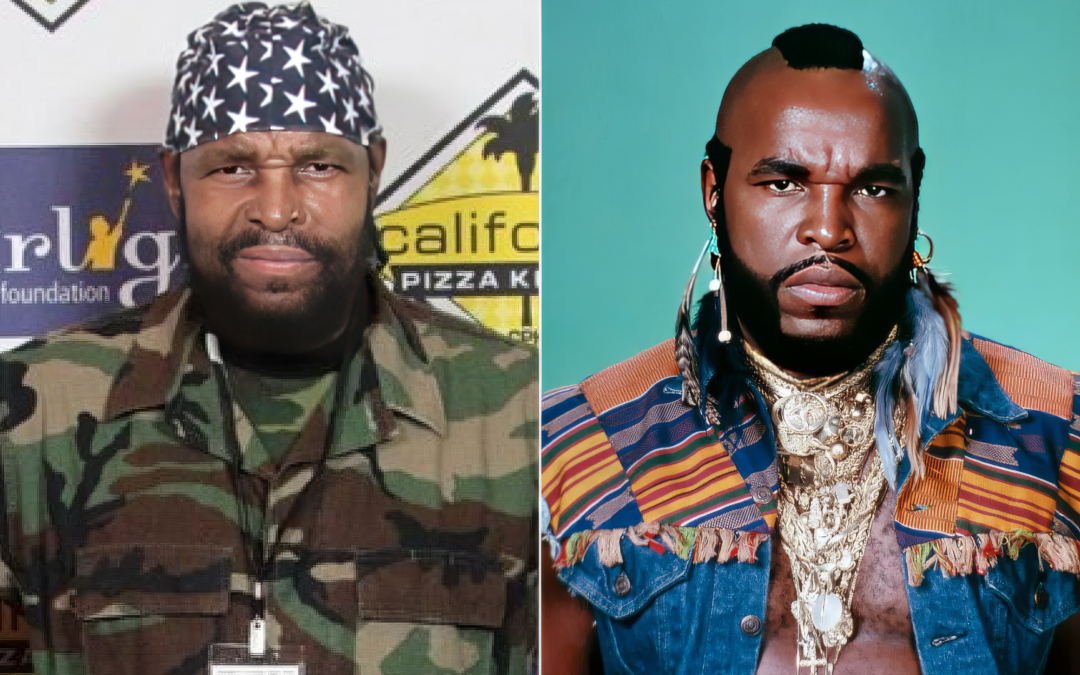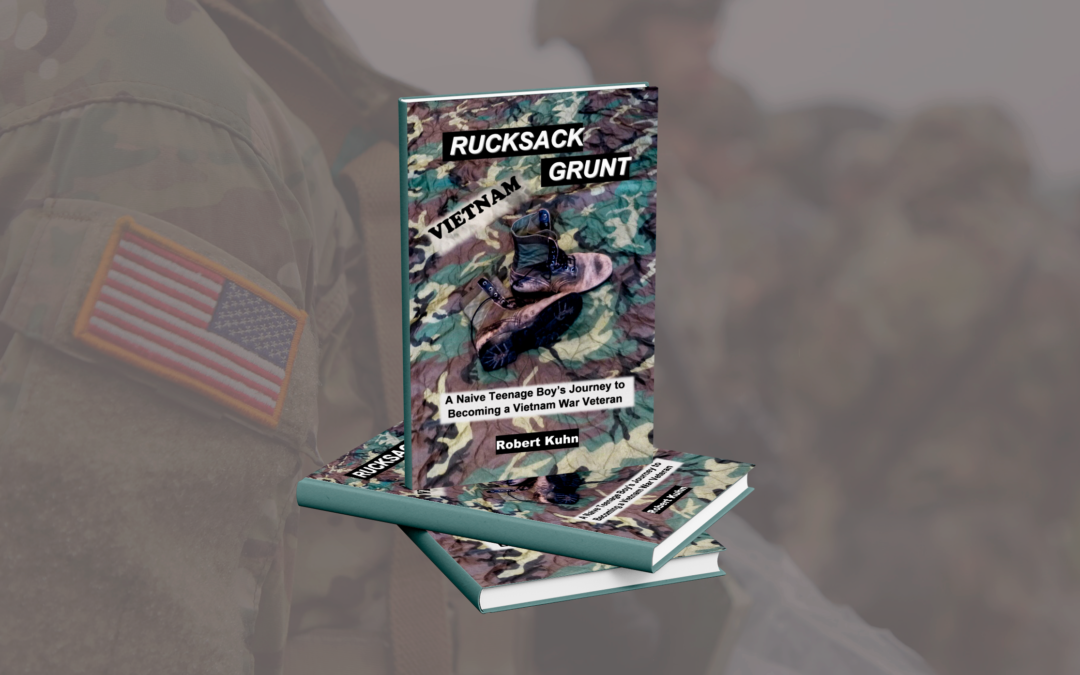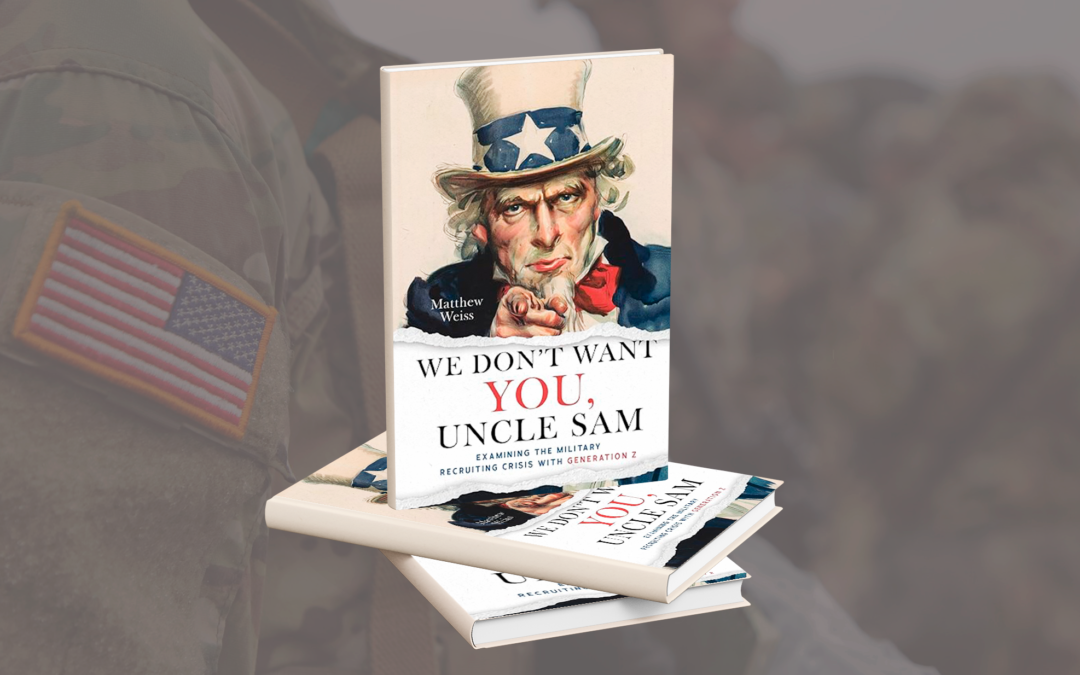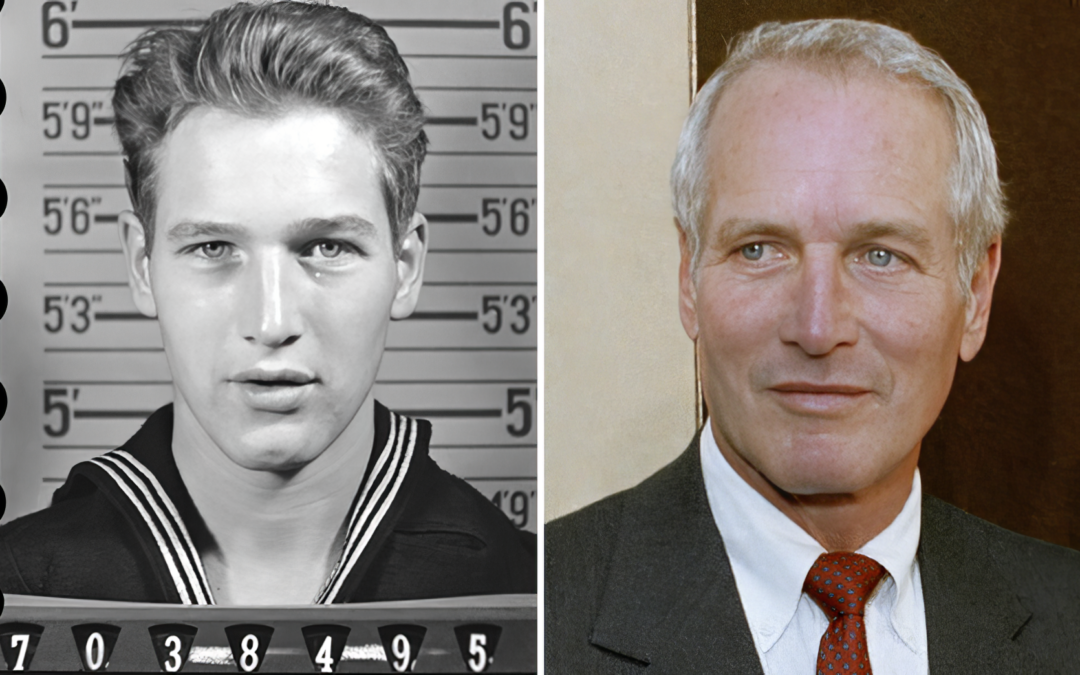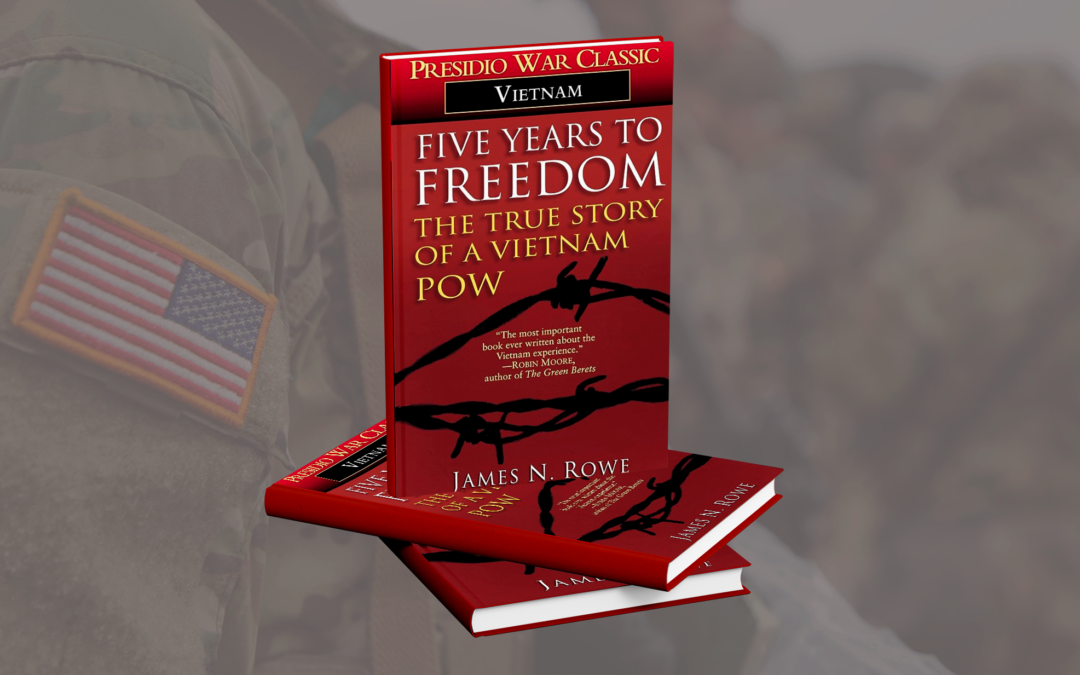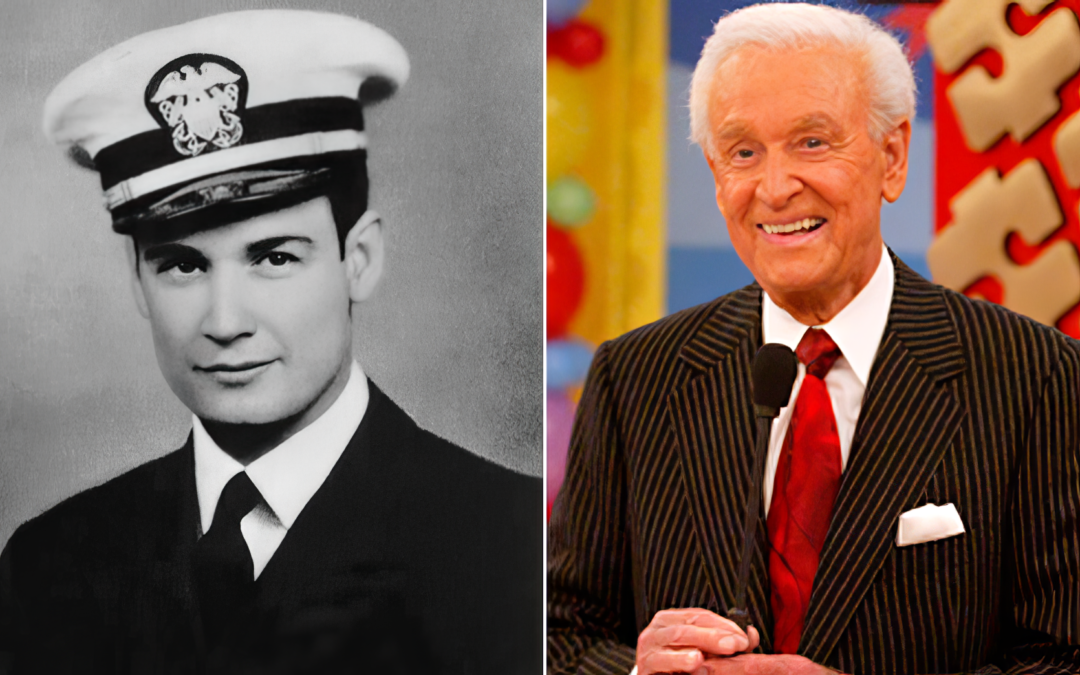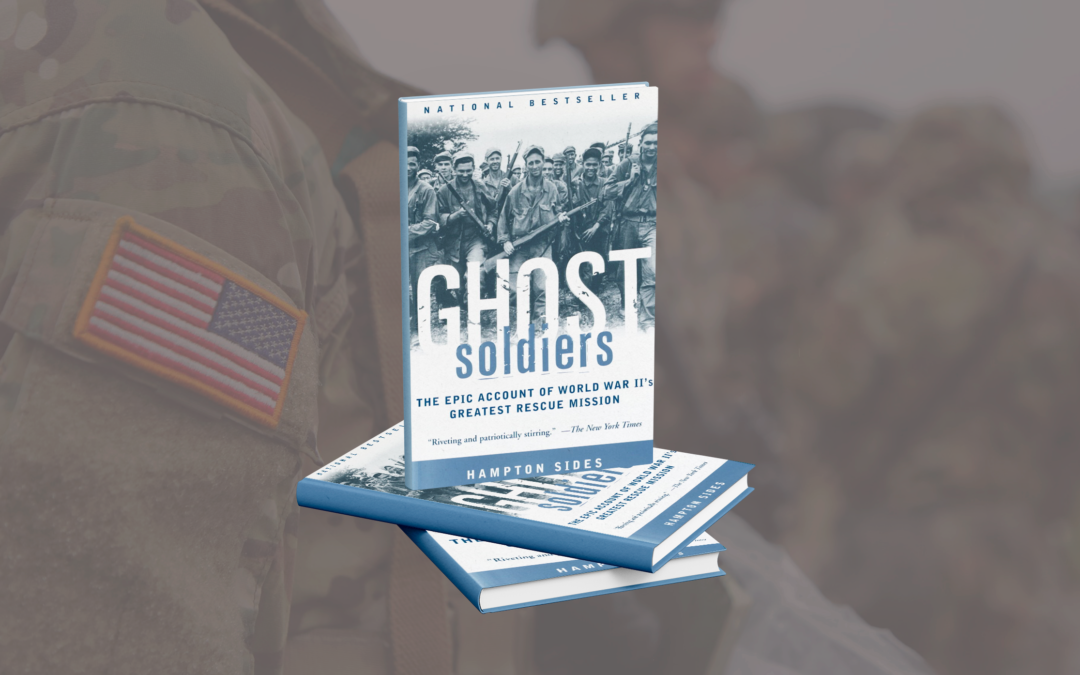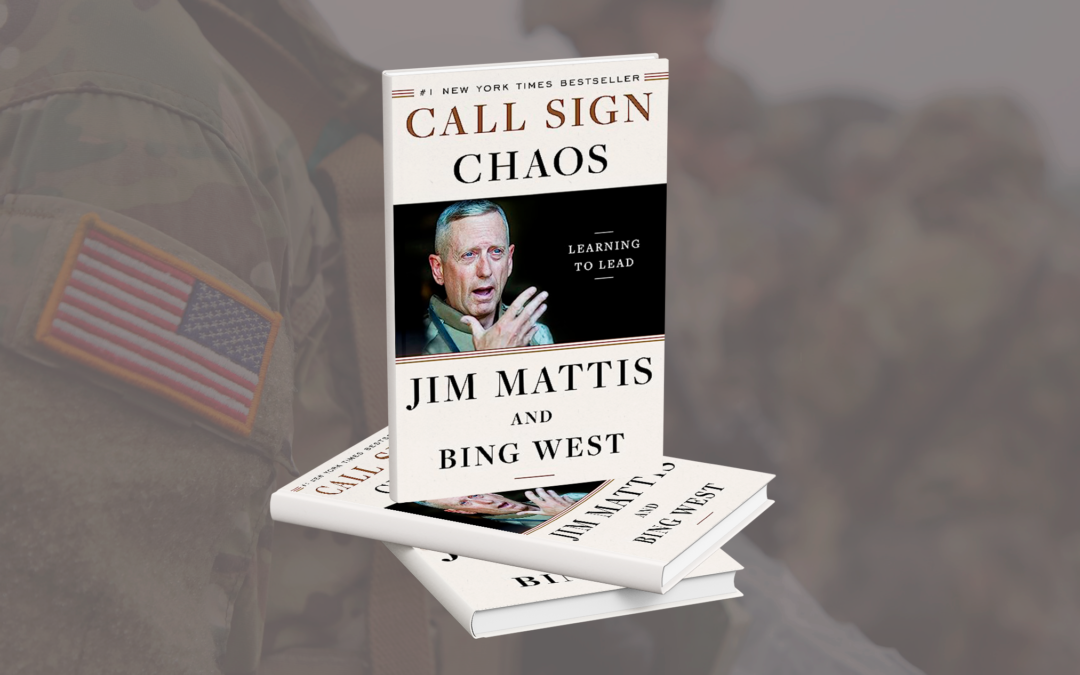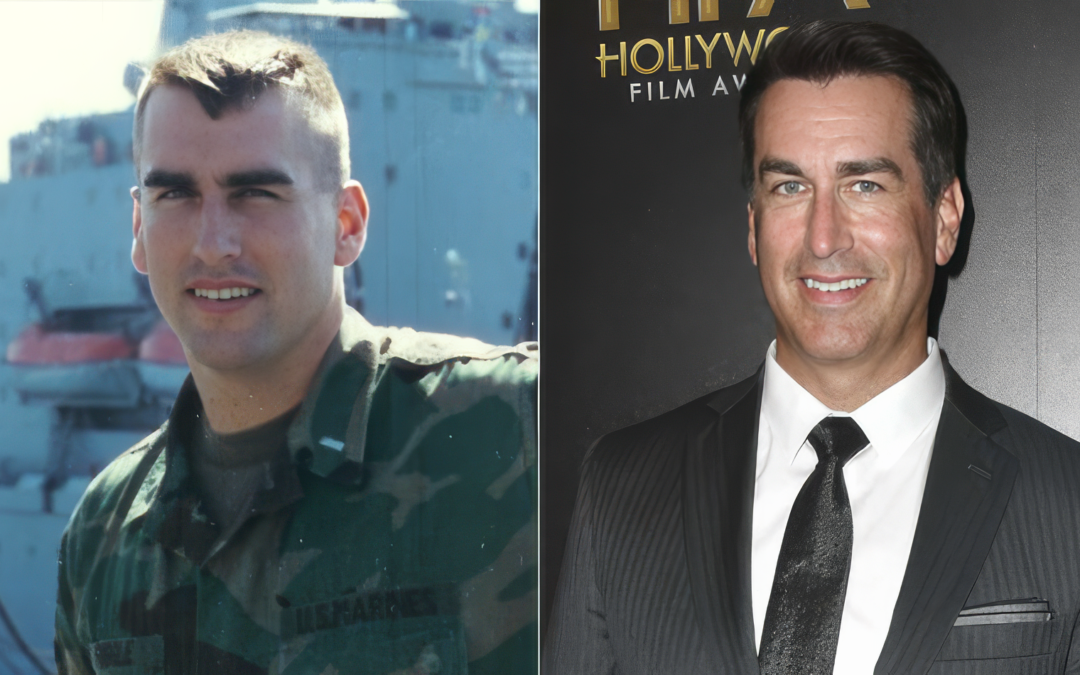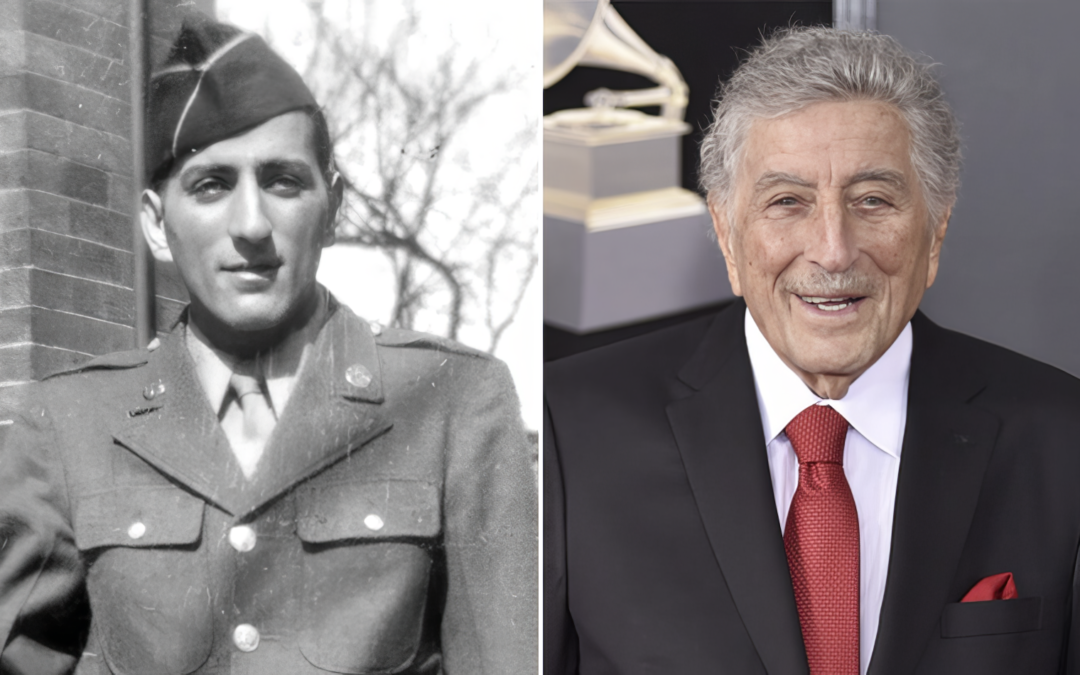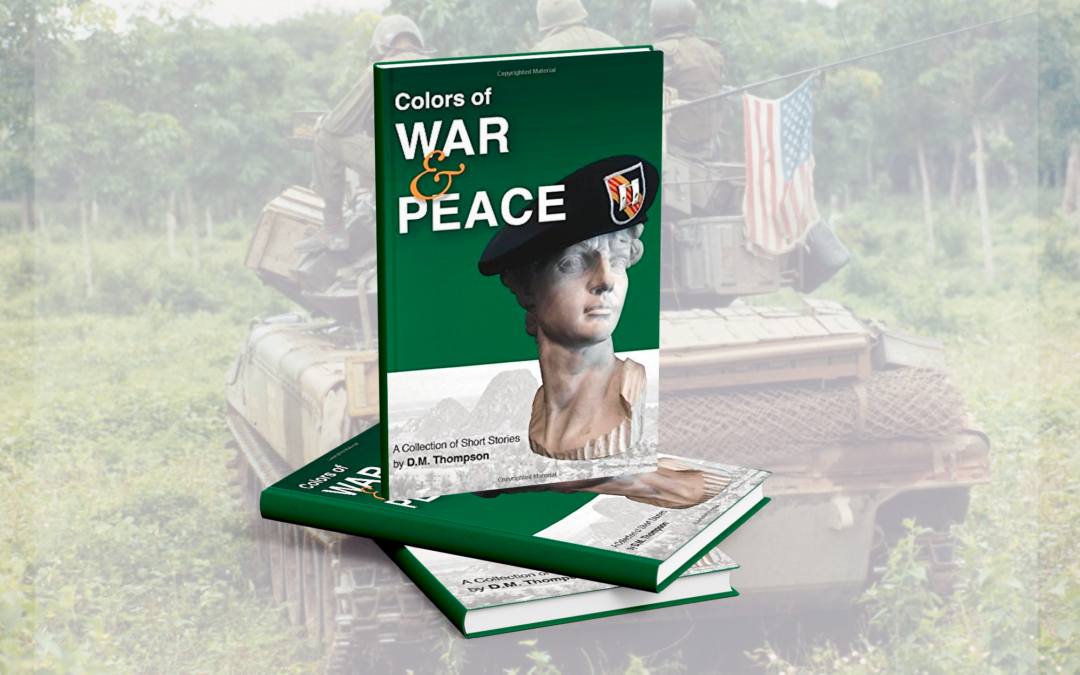Lawrence Tureaud, famously known as Mr. T, rose from humble beginnings to become one of Hollywood's most recognizable tough guys and an enduring cultural icon. Before he became the face of the "A-Team," Mr. T's journey began with a commitment to serving his country. Join us as we follow the military journey of Mr. T, paying tribute to his profound influence on both the world of cinema and the hearts of his fellow Americans. This story serves as a compelling testament to the incredible impact of unwavering dedication and self-belief. Mr. T’s Early Life Born on May 21, 1952, in Chicago, Illinois, Laurence Tureaud had a childhood marked by challenges and determination. Raised in a tough South Side neighborhood, Laurence Tureaud was the youngest of twelve siblings, and his early years were far from glamorous. Growing up in a tight-knit African-American family, Mr. T faced adversity from a young age. Poverty was a constant companion, and his family struggled to make ends meet....
